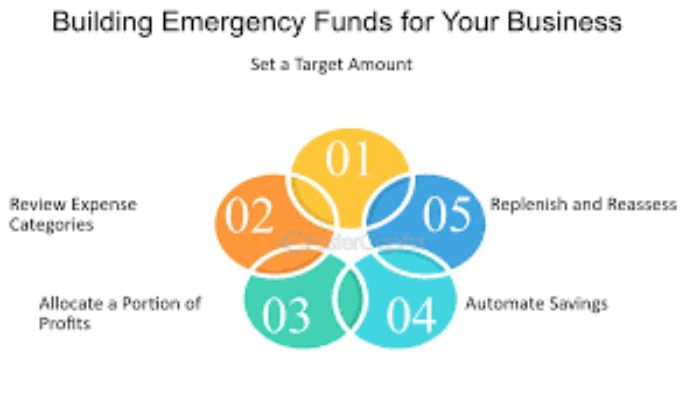As you already know, rental properties can be lucrative investments – either making up the bulk of your long-term investment strategy or used as a tool for diversifying against the larger stock market.
But rental properties aren’t without risk. Vacancies, property damage, and other issues can leave you without enough cash flow to cover your mortgage payments, tax payments, and other essential expenses.
Unlike most other types of investments, which simply stop going up in value when there’s an issue, a rental property can actually go cash flow negative.
In order to protect against the detrimental impact that negative cash flow can have, many savvy investors build up a rental property emergency funds for each property they own.
Perhaps you should, too.
Contents
The What of Emergency Funds

Unexpected expenses can happen to even the best rentals:
- Renters move out and you have trouble finding a new tenant.
- A main water pipe bursts in your property and leads to a three-month vacancy (and you find out that insurance is only covering part of the project).
- A pandemic hits and the government puts rent forbearance rules into place for an extended period of time.
These are just three examples! There are dozens of things that can go wrong. And the question you should be asking yourself is, what would I do if something like this happened?
Smart, forward-looking rental property investors like to keep an emergency fund for situations such as these. This emergency fund, which sets in its own dedicated checking or savings account, is usually anywhere from three to six month’s worth of expenses (with some suggesting a rule of thumb to set aside 15 percent of annual rents per property). The exact amount you choose to set aside will depend on your risk tolerance and comprehensive financial picture.
Most investors account for “PITI” when building their emergency fund. This stands for Principal + Interest, Taxes, and Insurance. However, more conservative investors like Sam Joel prefer to extend this to include the cost of utilities when vacant and things like lawn maintenance and pest control.
Joel is open about his rental property finances and admits that he keeps a little more than six month’s worth of expenses in his emergency funds – but that’s just what helps him sleep at night. His total monthly expenses for one property are just $1,356, but he has $14,360 in his emergency fund. That means he could cover about 10 months of vacancy.
Joel admits that he should probably drop that number down to no more than $10,000, which would be more like seven and a half month’s worth of expenses – but he’s not in any hurry to do so. At the end of the day, his risk tolerance leads him to have a beefier emergency fund than most.
The Why of Emergency Funds
The point of having an emergency fund is to be able to (a) cover the risk of extended vacancy, and (b) deal with one-off disasters and repairs that require large, upfront costs. Examples of disasters include:
- Storm damage and flooding
- Wind, hail, and fire disasters
- A new roof
- A trashed unit by a bad tenant
- Foundation problems
- Large-scale renovations
- Property management fees
- Property taxes
A lot of investors only keep a month or two worth of expenses in their rental property checking account. If Joel were to do this, that would mean he’d only have roughly $2,700 in his checking account. As you could imagine, it would be easy to blow through that amount of money on any of the examples listed above.
With an adequate emergency fund, you don’t have to dip into your own personal savings, personal emergency fund or pull from a line of credit.
And you certainly don’t have to risk giving the property back to the bank in a foreclosure.
An emergency fund gives you a little breathing room and allows you to make smart decisions in the heat of the moment.
Building an Emergency Fund

The first step to building an emergency fund is to know how much you need. If you don’t already, you’ll need to create a cash flow analysis and monthly P&L to understand what your expenses are and how much needs to be stockpiled.
Again, it’s your call on how much you want to keep in an emergency fund.
However, a minimum of three months is probably smart.
If you already have this cash set aside, great!
Move it over to a dedicated checking or high interest savings account where it’s out of sight and out of mind. If you don’t, you’ll need to get serious about cutting expenses and/or increasing revenue.
To accelerate your savings, look for ways to cut expenses and increase your income.
Evaluate your spending habits and identify unnecessary costs that can be reduced or eliminated.
For example, consider cutting back on dining out, subscription services, or luxury purchases.
Additionally, look for opportunities to increase your income.
This could involve taking on a side job, renting out extra space, or finding ways to increase the rent on your properties.
The extra income can be directly funneled into your emergency fund, helping you reach your goal faster.
Windfalls, such as tax refunds, bonuses, or unexpected gifts, also present excellent opportunities to boost your emergency funds.
Instead of spending these unexpected funds, consider depositing them directly into your emergency savings account. It’s a quick and effective way to reach your savings goal sooner.
Maintaining and Growing Your Real Estate Emergency Fund
Once you have your emergency fund in place, you want to keep it fully stocked at all times.
Obviously, there will come times when you have to dip into for emergencies, but your goal should be to refill it as quickly as possible.
If you need $3,000 for a roof repair, you should take as much of the profits from your rental over the next few months as you possibly can to refill that $3,000 void.
It’s also wise to review your emergency funds periodically to see if anything has changed (in terms of what you need).
At least once a year, evaluate the amount you’ve saved and consider any changes in your expenses, rental income, or the number of properties you own.
If you’ve acquired new properties or if maintenance costs have increased, you might need to adjust the size of your emergency fund accordingly.
Build Your Portfolio With Invest.net
At Invest.net, we understand the needs and demands of today’s real estate investor.
We know that, despite many favorable conditions, there are always risks with any investment.
That’s why we work hard to help investors find highly-vetted investment opportunities that are more likely to produce positive cash flow and long-term appreciation.
Want to learn more about how we can help you build your real estate investment portfolio?
Don’t hesitate to reach out and contact us today!
- Senior-Friendly Turnkey Rental Investing: The Next Big Profit Center? - August 9, 2024
- How to Build and Maintain an Emergency Fund for Rental Properties - August 6, 2024
- Benefits & Process of Fractional Real Estate Investing - July 6, 2022

